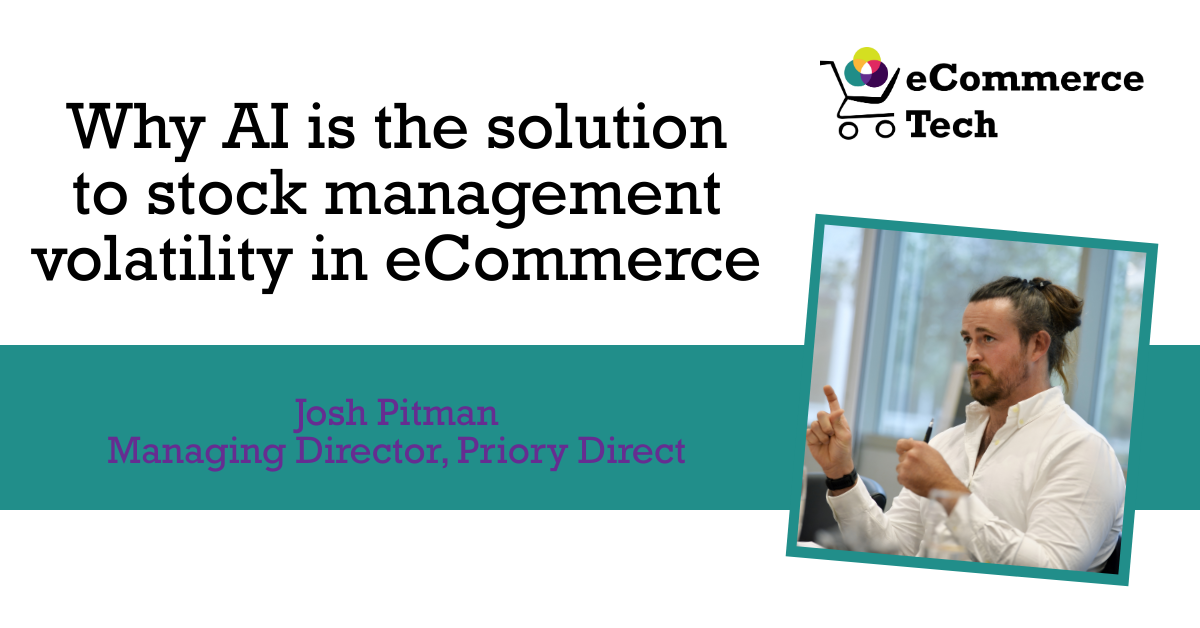Growth isn’t one-size-fits-all. It might mean entering new markets, shifting customer perceptions, or building engagement with high-value audiences. But whatever your definition, real growth doesn’t happen by guesswork — it starts with knowing what’s working, what’s not, and where opportunities lie.
That’s where brand tracking comes in.
A good tracker helps you measure your brand’s traction, understand audience sentiment, and benchmark progress over time. However, not all tools measure growth with equal effectiveness. If the sample isn’t representative (or worse, is driven by low-quality data), the insights you’re working from could be skewed from the start.
This article breaks down what to look for in a reliable brand tracking tool that can genuinely support smarter, more scalable growth.
1. Prioritise sample quality
The reliability of brand insights hinges on who is answering your surveys, and when the wrong respondents are included, accuracy suffers. This issue compounds in longitudinal tracking, where minor distortions accumulate over time and obscure real trends. BMJ Journals reported that fraud rates in online panels can go as high as 94%, significantly undermining the reliability of insights.
How can the wrong people be included? Many online research panels offer incentives like gift cards or cash to encourage participation. While this boosts response rates, it also introduces serious data quality risks. Incentives tend to attract individuals more focused on earning rewards than providing thoughtful, honest answers and can open the door to fraud.
Common fraudulent behaviours include:
- Straightlining and speeding: Rushing through or selecting the same option for every question.
- Duplication: Registering with multiple panels to complete as many surveys as possible.
- False qualifications: Misleading screener answers to gain access to more surveys.
- Survey bots: Automated systems designed to simulate human responses at scale.
To reduce this risk in your data, look for a brand tracker that instead focuses on non-incentivised sampling, encouraging participation without cash or voucher rewards. This approach means:
- Talking to real people who are genuinely interested in sharing their opinions
- Zero risk of fraud by removing survey incentives
- Maximum attentiveness through user-friendly survey UX
- Machine learning to optimise cleaning for any remaining undesirable behaviours
Ultimately, if your sample is corrupted with fraudulent and low-quality responses, your brand metrics lose meaning. Growth decisions depend on trusted inputs, and that starts with enhanced sample quality.
2. Global representative reach
Only a tiny fraction of the population, sometimes as little as 0.1%, is signed up for research panels. This small group of mostly “professional respondents” often completes hundreds or even thousands of surveys each year. In countries with low population density or limited panel coverage, this reliance becomes especially problematic.
Panel-based trackers often struggle to deliver representative samples in such markets. Recruitment methods tend to be inconsistent, and data quality suffers when the same individuals are surveyed repeatedly. Take, for instance, Switzerland, where in a country with nearly 9 million residents, only a few thousand actively participate in panels. This makes it hard to gather fresh opinions and avoid duplication between survey waves.
It also means that demographic skews become common in the data. With such a limited pool of respondents to choose from, panels often overrepresent middle-aged, stay-at-home individuals and underrepresent younger people or higher-income groups. This distorts segment-level insights and increases margins of error.
And that’s not all. Self-selection bias is also thrown into the mix. People who join panels typically go through multiple screening and qualification steps, which attracts those highly motivated to take surveys, a group that doesn’t reflect the broader population.
To ensure your data is representative of your target audience, look for a tracker that instead uses ad-based survey distribution. Instead of relying on panels, this method embeds interactive surveys directly within full-page digital ads, served across apps and mobile websites.
This approach:
- Reaches 99% of consumers who aren’t on panels.
- Taps into global smartphone usage to access a much broader demographic.
- Captures hundreds of thousands of responses, including from hard-to-reach groups like 18–25-year-olds and 66+ segments.
In most markets, this method can reach over 30% of the adult population in a single day. It provides a scalable and inclusive alternative to panel-based research, solving long-standing issues of demographic coverage, sample freshness, and cross-market consistency.
3. Deeper, reliable audience segmentation
Once your data is collected, the real value lies in segmentation. This is where traditional sampling methods can falter. Relying solely on quotas often means that when you begin to layer characteristics (e.g., gender __ income _and_ purchase frequency), the resulting segment sizes are too small to draw conclusions from. The result? Large margins of error and data that you can’t really trust.
Growth-focused brands need tools that go beyond surface-level segmentation without sacrificing data quality. When having that call with the sales representative, ask them to explain their framework thoroughly. A strong segmentation framework might include:
- Large-scale, representative sample collection to ensure statistical power even in subgroups (such as mentioned in the reach section above).
- Using Bayesian modelling to correlate the relationship between audience characteristics and brand measurement.
- Multilevel Regression and Poststratification (MRP) to weight our data to ensure every audience characteristic is representative of the wider population
These practices ensure you can dig into your audience with confidence, whether you’re evaluating performance among your loyal target audience or uncovering insight from first-time buyers. The chart below shows the margin of error for niche groups before and after MRP processing.

4. Consider frequency
According to McKinsey, businesses that use consumer data more consistently are 1.5x more likely to report above-average growth than their peers. Annual or quarterly data is too slow for fast-moving teams. To grow, you need a pulse, not a snapshot.
When data only arrives every few months, there’s a high risk of making decisions based on outdated insights. Consumer preferences, market dynamics, and competitor activity can shift quickly, especially in fast-changing industries or during campaign-heavy periods. By the time traditional brand tracking data lands on your desk, key opportunities may have passed, or minor problems may have snowballed. For instance, in campaign-heavy industries like CPG or streaming, a three-month data lag can mean launching a new ad before seeing the last one’s performance.
The other risk with low-frequency tracking is a bias towards the specific period in which the survey was collected, often spanning only one week of the entire quarter. A more stable and consistent collection of data over the whole month will avoid temporal biases and deliver a more reflective picture of brand performance over time.
A growth-focused tracker should offer weekly or monthly tracking options. This level of frequency enables you to spot shifts in brand perception as they happen, measure campaign impact in near real-time, and make timely decisions based on what’s working and what’s not.
5. Look for actionable outputs
Finally, don’t forget about your reporting. In fast-moving environments, your tracker’s output needs to do more than present static and overly complex data; it should support clear, confident decision-making.
That means choosing tools designed with researchers and stakeholders in mind. Instead of overwhelming users with busy spreadsheets or endless PowerPoint slides, outputs should be structured to answer specific business questions, helping teams understand not just _what_ changed, but _why_, and _what to do next_.
Look for platforms that:
- Highlight statistically significant shifts in key metrics automatically
- Allow flexible filtering by audience, channel, region, or wave, without needing to re-run full analyses
- Present insights in clear, visual formats that make trends easy to spot and share
When platforms are designed for insight delivery and not just data dumping, research teams can distribute actionable findings across the business. This enables faster decisions at every level, from strategic planning in the C-suite to day-to-day campaign optimisation by marketing and channel teams.
Conclusion
Sustainable brand growth doesn’t happen by accident; it’s driven by reliable insights that reflect the audiences you’re trying to reach within the markets you operate in.
To get there, your brand tracker needs to do more than just collect data. It should prioritise sample quality, go beyond panel limitations, and offer robust audience segmentation you can trust. It should track frequently enough to surface shifts as they happen, and present insights in a way that drives real action, not just more reporting.
When your tracking setup reflects these standards, it stops being a passive tool. It becomes an active part of your growth strategy, helping you spot what’s working, fix what’s not, and find the next opportunity before your competitors do.








